Your orbiting Needle Dropstronauts have scanned the stars for signs of new music that remains as hidden as a black hole but deserves to go full-on supernova. This week, we transmit news of five fantastic discoveries to Mission Control. Live free jazz captured on tape, drum and bass without constraints, a sextet’s variations, and comradery expressed through synthetic modulation all shine through the cosmos in these selections. Let your ears be your spacecraft.
Adam Golebiewski / Dave Brown

Polish drummer Adam Gołębiewski and Australian guitarist Dave Brown recorded their experimental free jazz album Dogs Light at Melbourne's Unsound Festival in July 2022. The performance features Gołębiewski on drums and found objects alongside Brown playing baritone and tenor guitars through stomp boxes.
The music draws from both musicians' backgrounds in experimental improvisation. Gołębiewski, known for collaborations with Thurston Moore and My Disco, uses conventional drums and unconventional objects to create his percussive explorations. Brown, who has worked with noise artist KK Null, creates textural soundscapes using multiple guitars and effects pedals. The album's eight tracks, with titles like "Mostly Limbs" and "Dog's Light," paint abstract sonic pictures through distortion, country music fragments, and atmospheric drones.
The recording preserves the natural acoustics of the space while maintaining clarity between the intricate percussion work and layered guitar textures. The physical release comes via Polish label Instant Classic, adding to their roster of way-out jazz and experimental music that includes works by Raphael Rogiński and Wacław Zimpel. (LP)
Geologist and D.S. - A Shaw Deal

Brian Weitz became entranced by brief Instagram clips of his old friend Doug Shaw playing acoustic guitar. He looped the clips on his phone, using the tones as a peaceful distraction during lockdown. For Weitz, better known as the Geologist from Animal Collective, these fragments became an inspiration.
The friendship between Weitz and Shaw stretches back to 2003 when New York City's experimental music scene was experiencing a renaissance of sorts. Shaw, who would later join White Magic and release music as Highlife, caught Weitz's attention for his guitar work and ineffable presence—"an easy person to love from the get-go," as Weitz recalls. Their paths continued to intersect through various projects, including Shaw's tours with Animal Collective during the Merriweather Post Pavilion era and his collaborations with Avey Tare and Deakin.
Two decades later, that magic friendship manifests in A Shaw Deal. What began as Weitz's birthday gift to Shaw—a collection of guitar passages playfully run through modular synthesis—evolved into something more profound.
The album's songs connect, not easily digestible as standalone cuts but compelling as a whole, as Shaw's raw guitar phrases undergo alchemical changes while, for the most part, retaining their essential spirit. The tone is set from the get-go with "Route 9 Falls," which comes off to these ears like an updated "The Black Angel's Death Song," using modulated string scrapes and throbbing drones. It churns steadily through knob-twist pitch changes and orchestra-tuning dynamics. The sound of manufacturing comes to mind, where the produced output is nothing more than the whirl of the machine's gears. I suppose I should qualify that by saying I like it a lot.
The following "Wit of the Waterman" might be more indicative. The acoustic guitar is audibly present, percussively strummed with expectant patience in stops and starts that are synthetically projected. Let's envision a campfire sonnet, echoing over valleys and mountains, a song for the wilderness spirits. "Loose Gravel" is another highlight, perhaps the warmest track here, filled with unspooled drone ramblings that resemble Sonic Boom's contemplative output or Kevin Shields in a particularly way-too-stoned moment. It's an audio bear hug that should last forever, the sound of casually craning one's neck to experience more.
The journey ends on "Avarice Edit," which made me (pleasantly) think of Robin Guthrie trying to make do with a broken guitar. The slap-back cathedral strums hint at an unfurnished melody, like a handed-down folk song never officially recorded, left half-remembered. It's a joyful but solemn noise, not for everyone, but the feeling of experimentation borne of friendship comes through. It's as good a time as any to phone up your pal and kick out the jams. (MD)
Alex Coke & Carl Michel Sextet
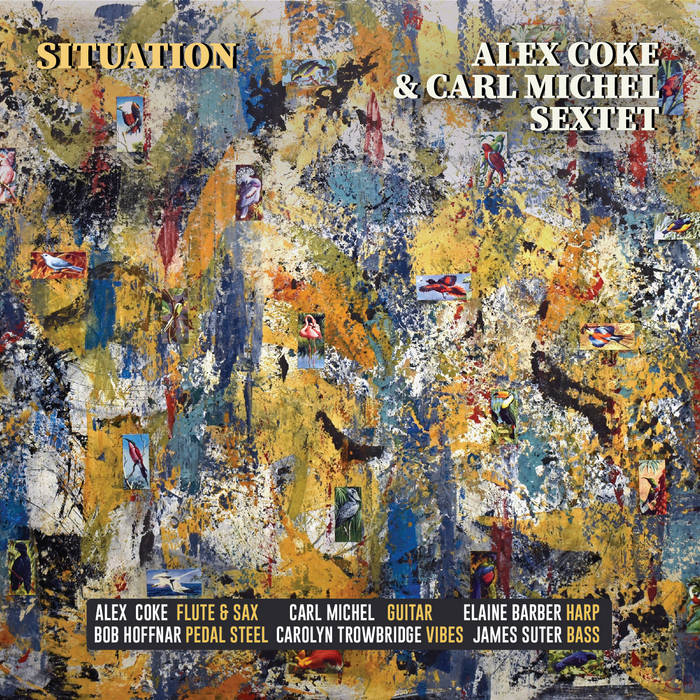
The Alex Coke & Carl Michel Sextet's third album, Situation, benefits from the musical vocabulary of six distinct voices. The ensemble of flute/tenor sax, guitar, concert harp, pedal steel, acoustic bass, and vibraphone creates textures unique in contemporary jazz, with the crystalline shimmer of Elaine Barber's concert harp in a delicate dance with Bob Hoffnar's atmospheric pedal steel.
The album includes original compositions and thoughtfully chosen interpretations. Coke's tenor work on "The Seeker" reveals his roots in hard bop and free jazz, while Michel's arrangement of Saint-Saëns' "Aquarium" transforms the classical piece with subtle harmonic shifts and floating rhythms. Their take on Monk's "Crepuscule with Nellie" preserves the angular beauty of the original while adding new colors through the ensemble's special instrumentation.
Coke spent a decade with the Willem Breuker Kollektief, absorbing European avant-garde traditions. Michel's work scoring films is revealed in his cinematic compositional style. Barber brings classical precision from her role as Austin Symphony's principal harpist, while Hoffnar runs the experimental Liminal Sound Series. Bassist James Suter has shared stages with mainstream jazz giants like Gary Burton and Joe Lovano. Vibraphonist Carolyn Trowbridge draws on her extensive background in global percussion traditions.
The production captures the ensemble's subtle interactions as they make powerful collective statements. Situation is six musicians following their artistic instincts. (LP)
Brendon Moeller - Blue Moon

Where do we go from here with drum and bass (or maybe we need jungle, I'm afraid)? This electronic music (sub)genre is defined partly by a BPM range and an identifiable palette of sounds. There doesn’t seem to be room or need to innovate. But this imagined lack of creative freedom is a constraint, and constraints are often a wellspring of subtle but exciting ideas. Things become interesting as rigidity gives way to experimentation.
One way to stretch a genre's conventions is to let a skilled purveyor of a different genre have their way with it. Or, in Brendan Moeller's case, a skilled purveyor of dozens of genres. The prolific electronic music producer claims that since 1994, he's spent some part of each day in a home recording studio. Brendan's grasp of techno, deep house, downtempo, and other musical practices—along with an identifiably spacious touch he adds to all his output—is evidence of this seasoned discipline.
With Blue Moon, released by eclectic Los Angeles imprint ESP Institute, Brendan waves his deft hand over an evocative sextet of drum and bass productions. His take draws from the deeper edges of classic techno while quoting from dub and jazz, though less liberally than is usually expected from this genre. At times, I imagined Basic Channel joining forces with Fabio's Creative Source label; other moments recalled jazz surgically refined to its basest level. Musicians trading improvisations wouldn't be out of place on top, but it's a wiser sound without. But the righteous dub technique should not be overlooked. Blue Moon is a wizened black ark remade as reflective silver, shiny, and new. The implied canyons and cave-dwellings and moisture dripping off stone markers—the spaces between are the main instruments here, inspiring all sorts of imaginings.
The tracks mostly feature the drone of undulating synth chords residing below the chop in a subtle creep. The chords' swells exist to provide motion as individual elements sparkle in the background. Meanwhile, the rhythm tracks (it doesn't seem fair to call them drums here) maintain a synthetic sway—moody music for the swing set, meaning the set of people who like to swing. The constructions are evenly placed, each frequency individually represented, each burst on the count of one through four deployed with precision. The result is fine-tuned and feels like eavesdropping on a master craftsperson in a deep focus.
"Feast" stands out, filled with molten percussive drops and drama piano with an endless tail. How can something be so ominous and bright all at once? Then there's "Signals," all icy yet funky, the two blending like sweet and sour. Rather than a computer in distress, it sounds like a computer in regress. Maybe undress? This is one sexy computer, is what I'm trying to say.
My adjectives are timed to detonate from here, but Blue Moon is a cohesive, structured work that feels natural and even loose. It's an album you might put on for daydreaming, preparing complex vegan meals, or plotting clever ways to outwit ‘the man.' Regardless of your listening intention, Blue Moon is a vision of a seductive world that buzzes with the warm tingle of airborne electricity. (MD)
Wolf Eyes x Anthony Braxton

The third recorded collaboration between experimental noise duo Wolf Eyes and free jazz pioneer Anthony Braxton documents their October 2023 performance at Brooklyn's Pioneer Works. Wolf Eyes, founded by Nate Young in 1996, brings their signature blend of electronics, vocals, and harmonica to the partnership. Braxton, a MacArthur Fellow and NEA Jazz Master who emerged from Chicago's Association for the Advancement of Creative Musicians (AACM) in the 1960s, performs on alto, sopranino, and bass saxophones.
The musicians' shared artistic vision dates back to their first meeting at Quebec's Festival International de Musique Actuelle de Victoriaville. Braxton purchased Wolf Eyes' entire merchandise inventory after hearing them perform. Their latest untitled release, available on vinyl, CD, and digital formats through ESP-Disk, preserves the spontaneous nature of their live performance by omitting track titles and side markers. The album's cover features Matthew Zivich's 2009 painting "Down Yonder (Blue)," which I originally took for AI-generated but cannot take my eyes off. (LP)
More Recommendations from The Tonearm:



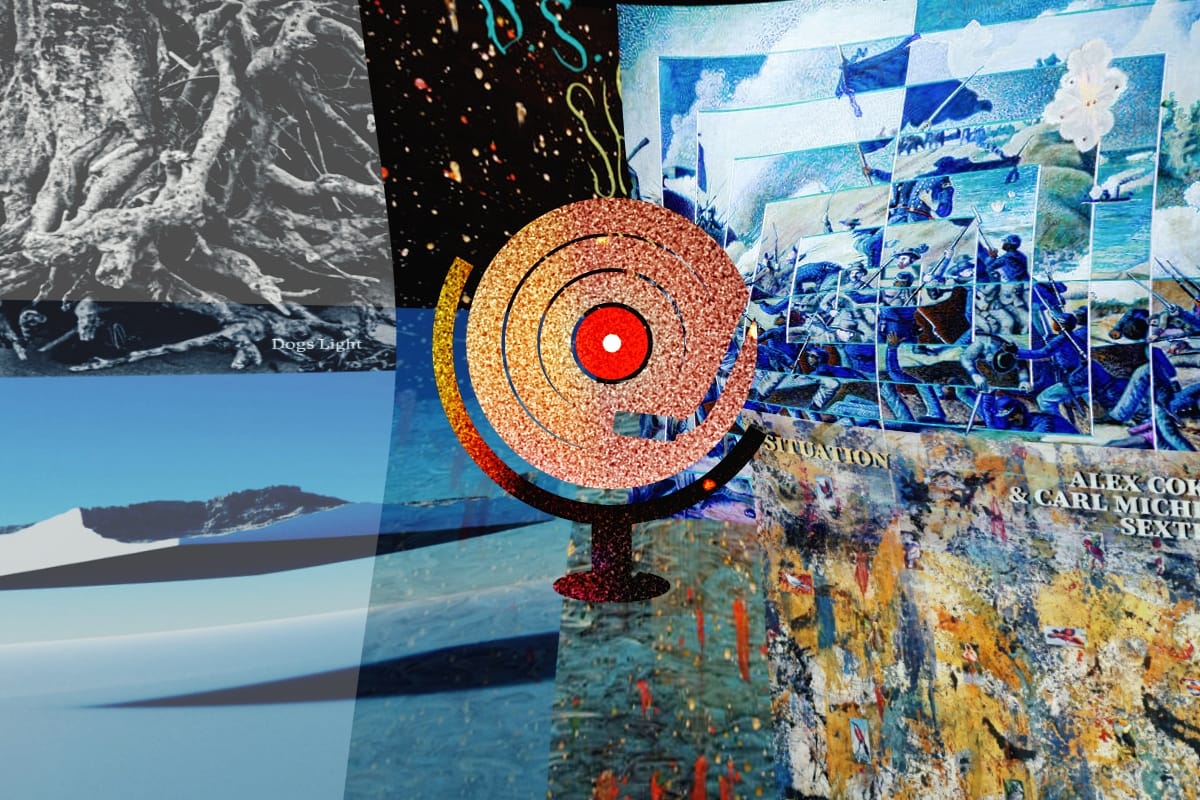
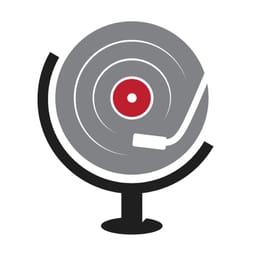

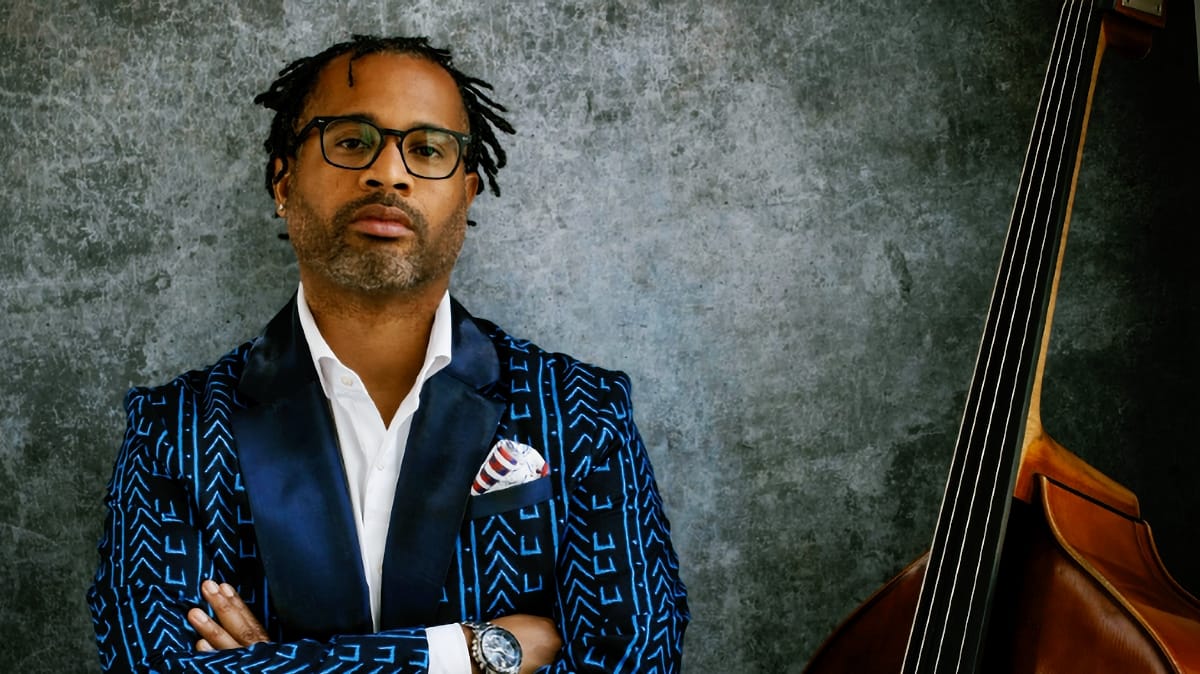
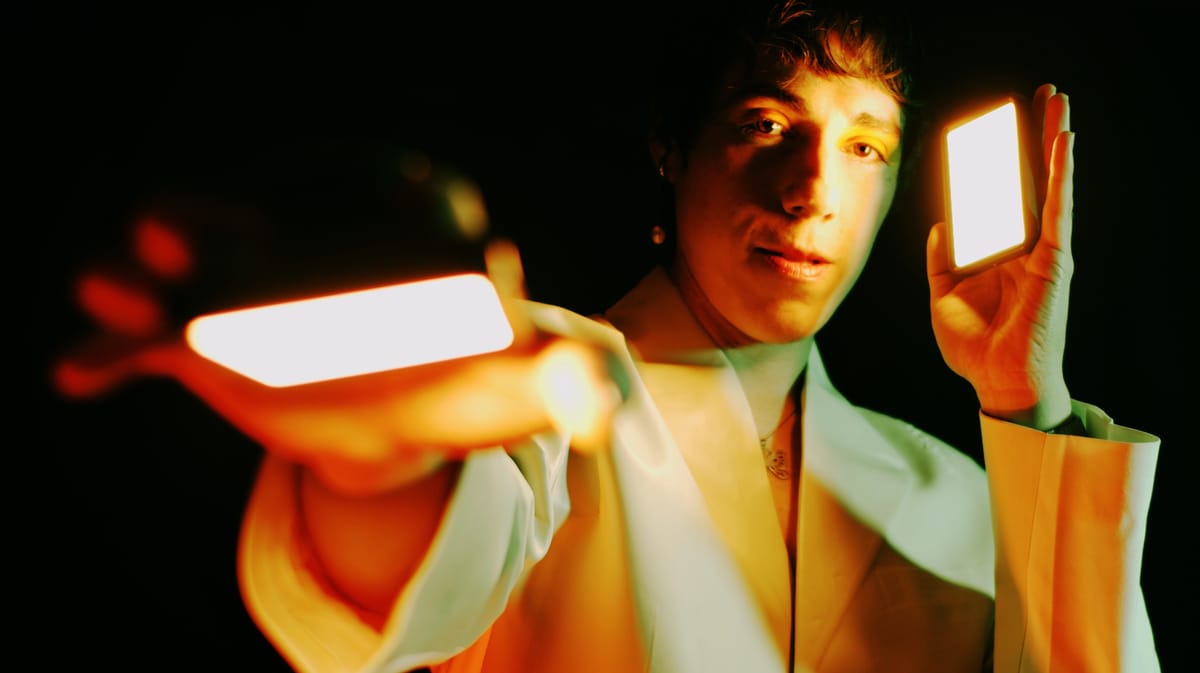
Comments